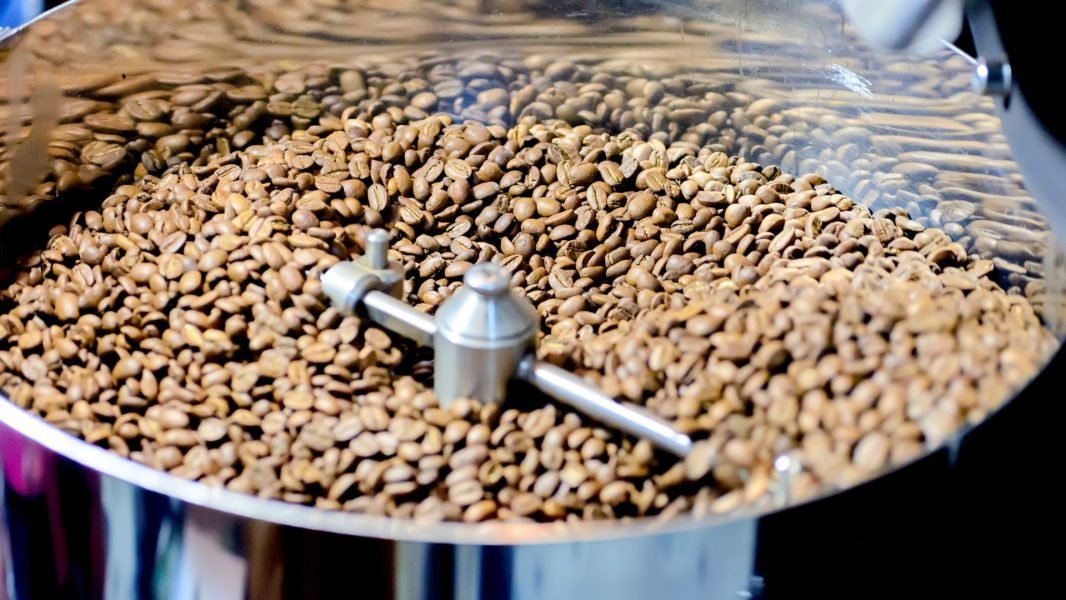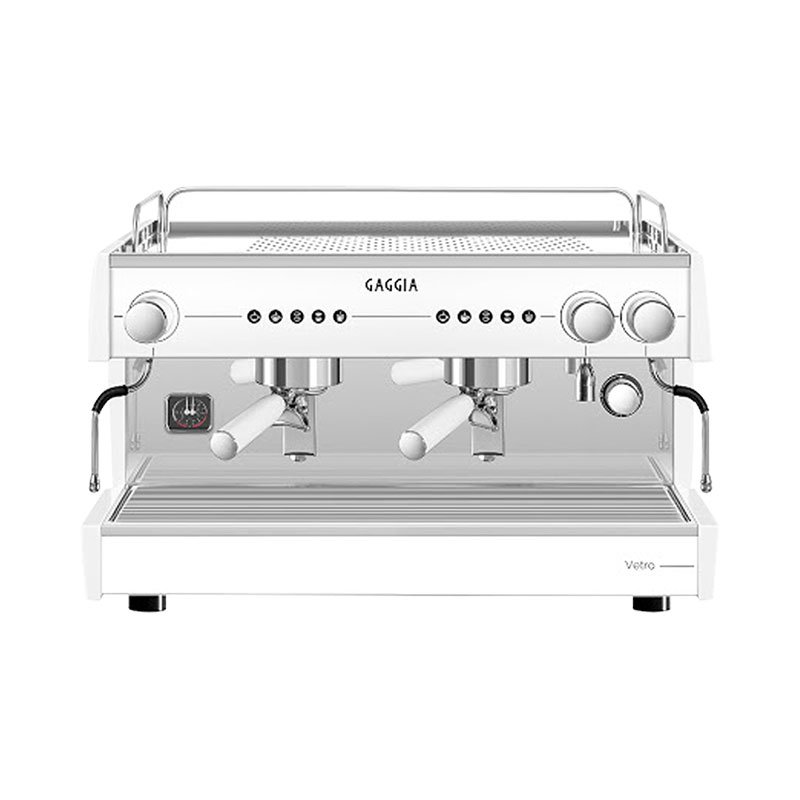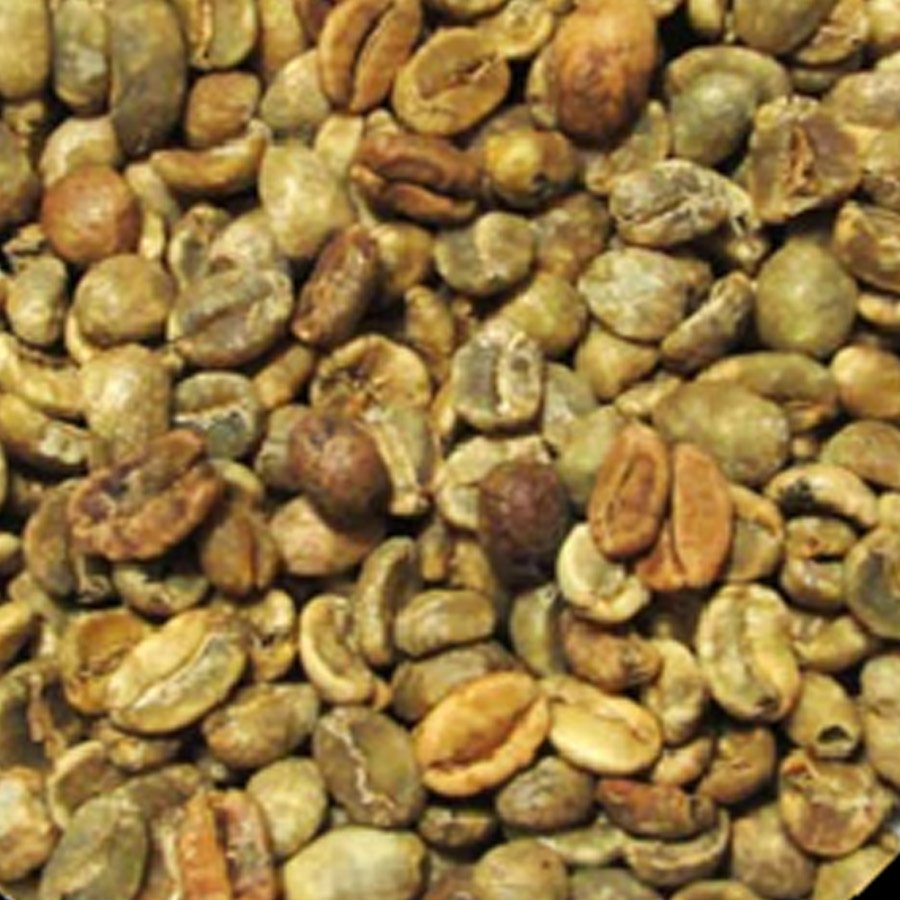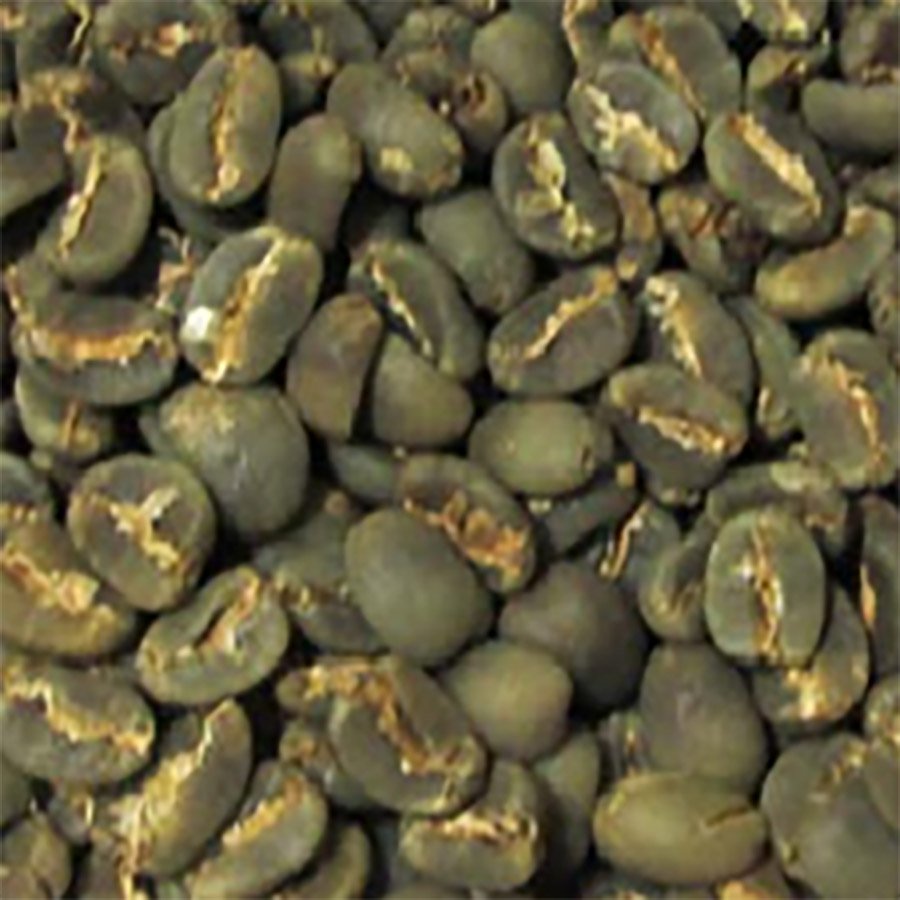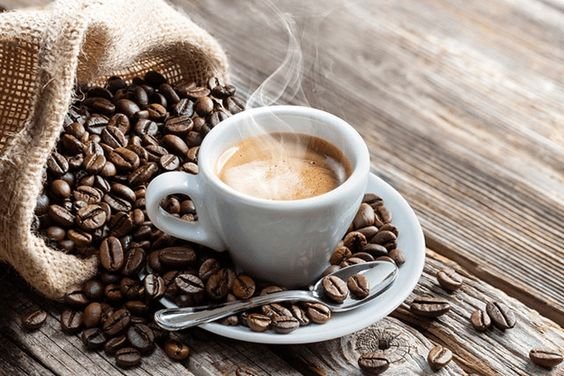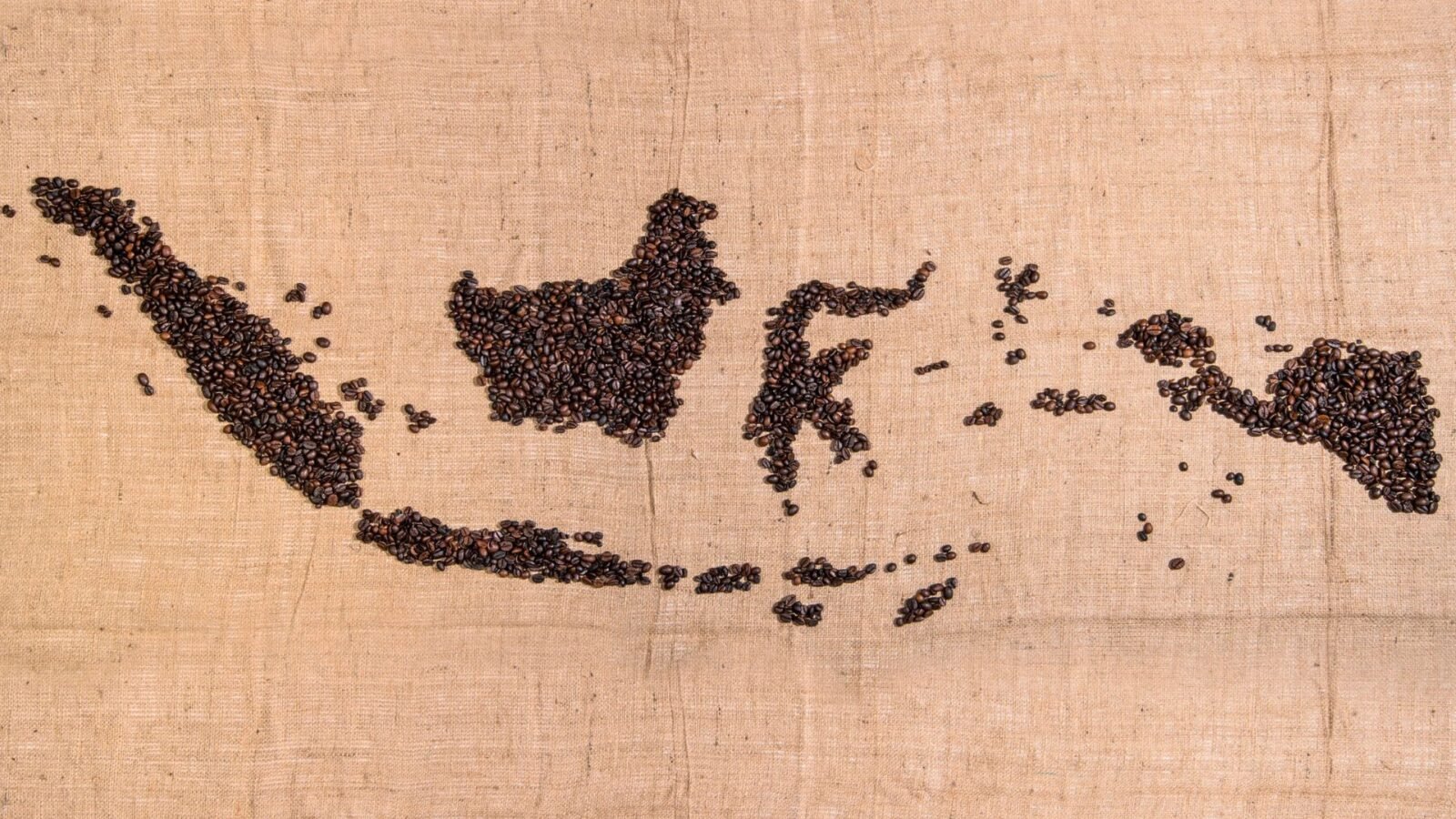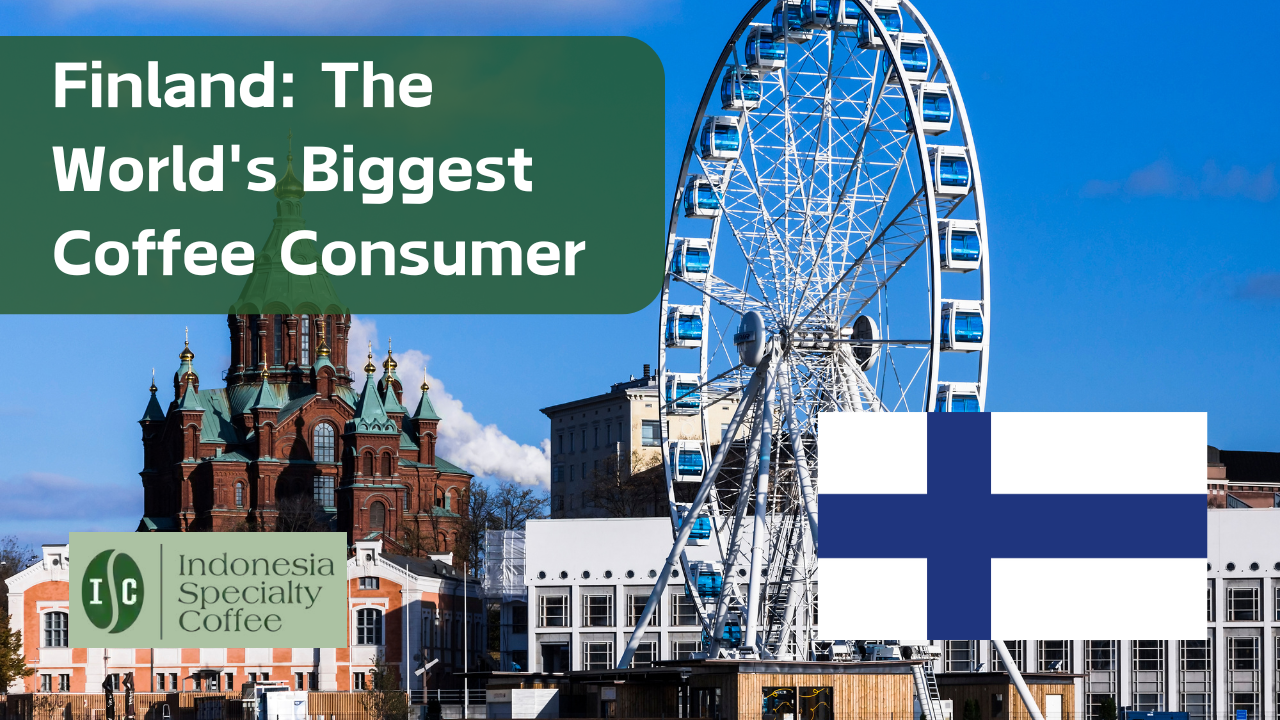The process of coffee roasting is an important finishing move to produce enjoyable coffee. You can roast the beans at home to get the best possible outcome according to your preferences. However, roasting coffee requires specialized knowledge to get better results. You will also need a few supplies, including wholesale green coffee beans, to practice and experiment.
Understanding the process and roast levels, significantly how time and temperature affect the coffee beans, is necessary. Several more or fewer seconds can make a sizable difference in the flavors and aromas, and so does the high or low temperature.
A Guide to Roasting Coffee
Proper roasting techniques can bring out the right flavors and aromas of green coffee beans. It can change green beans’ raw, grassy taste too floral or fruity roasted beans depending on the coffee profile and roast levels. To understand this, here is the process of coffee roasting that you need to know first.
1. The Process of Coffee Roasting

There are three stages to transforming green beans to brown by manipulating the heat and time of the roast. The first is the drying stage. Green beans have around 8 to 12 percent of moisture content.
These beans must be dried for around 6 minutes in the drum roaster. The end temperature is about 160 degrees Celsius. Be careful with rising or lowering the temperature. If it is too high, you will burn the beans. If it is too low, the beans will be undercooked.
When green coffee beans are roasted, they go through a browning stage, which is the second stage of the process. During this stage, the Maillard reaction takes place, causing a reduction in sugars and an intensification of flavors and aromas through the reaction of amino acids. The green beans change in color to a brown hue as they undergo this transformation.
After the first crack (the pop sound of coffee beans cracking open), the roasting will enter the development stage. A lot happens during this last stage, such as the continuation of caramelization, oils moving out from the beans, and the increasing size of the beans.
The length of the development stage depends on the roast level. The size and the rising heat will decide which flavors and aromas stay within the beans. Typically, it takes less than two minutes for the last stage. You can go high enough and fast enough on the temperature because the roasted beans will have a smoky aroma and too sharp of flavors.
2. Levels of Roast
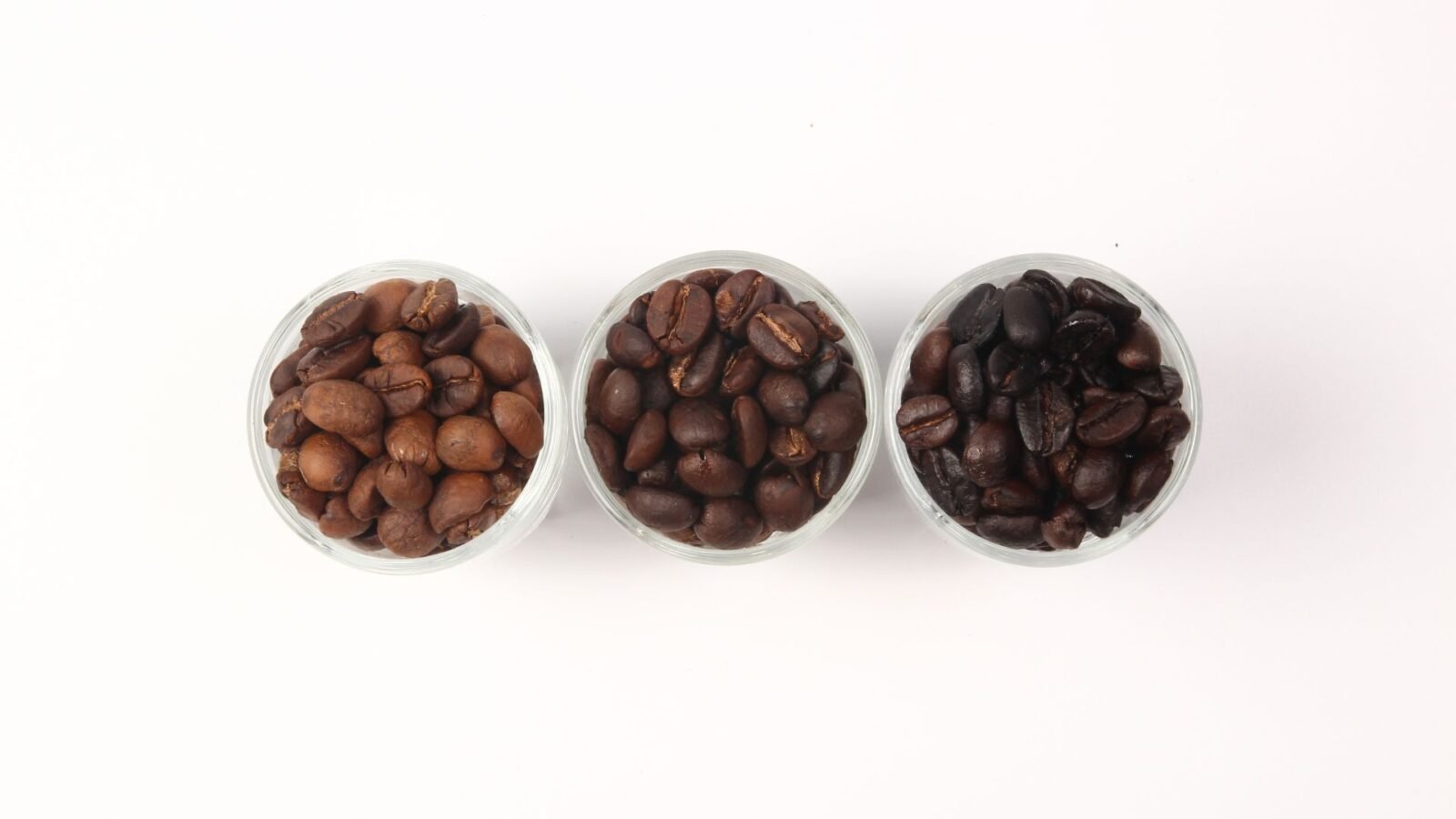
There are four roast levels: light, medium, medium-dark, and dark. Most roasters have their specialized roast level suitable for sure coffee beans. The perfect and best roast character is about your personal preference.
1. Light Roast
Light Roast tends to preserve the green beans’ natural flavors and aromas. Many specialty coffee lovers prefer this level. No oil will be on the beans’ surface because they barely go through the first crack.
2. Medium Roast
Medium roast coffee still has its natural flavors and aromas. Yet, sweet caramelization is added due to the longer roasting time. The coffee will have lower acidity compared to light roast coffee.
3. Medium-dark Roast
The character of medium-dark roast coffee is low acidity, yet the coffee will have a more heavy body. The flavors hint at smokiness, chocolate, and caramel. It may be spicy with a bittersweet aroma.
4. Dark Roast
Dark Roast produces a heavier and bolder flavor with very low acidity in coffee. Primarily used in roasting Robusta coffee, this roast level will make the beans have a bitter taste and a dark brown color with an oily appearance.
The process of green coffee bean roasting might seem simple, yet roasters have to pay extra attention during each stage. If you are considering trying this at home, take a look at our specialty green coffee beans for your supplies!

